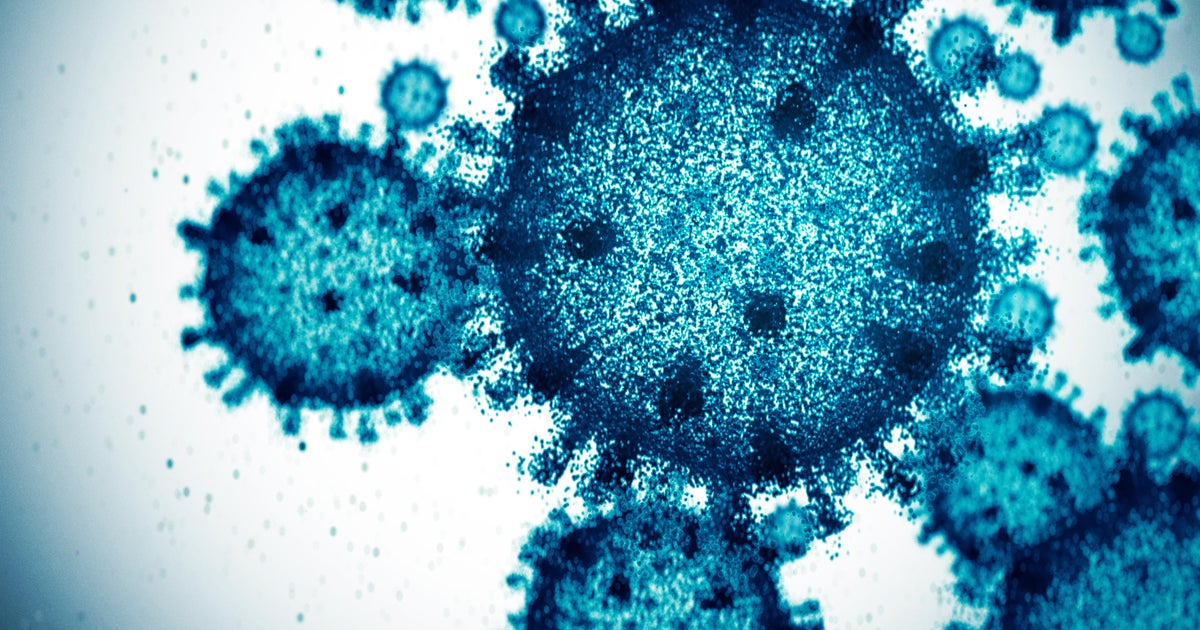Bacteria Are Likely Hiding In Your Household Washing Machine
(CNN) -- When multidrug-resistant pathogens kept reappearing on the skin of premature babies in a German hospital's neonatal intensive care unit, investigators were confused.
Tests for contamination in the incubators, as well as among healthcare workers who came into contact with the preemies, were all coming up negative, according to a report on the case published Friday by the American Society for Microbiology.
But tests showed the babies were continually being reinfected with Klebsiella oxytoca, a bacteria notorious for hospital-acquired infections such as pneumonia, urinary tract infection, soft tissue infection and a type of blood poisoning which often leads to septic shock.
It wasn't until investigators began testing the knitted socks and hats given to the babies to keep them warm that they found the source of the bacteria, which they then traced back to the hospital laundry room.
There, they found the hospital was using a household energy-saving washing machine -- not the industrial kind that wash at high temperatures with disinfectants and are typically found in a hospital setting.
The Klebsiella oxytoca bacteria were found in the detergent drawer and on the rubber door seal of the household washing machine, as well as two sinks in the area. When they removed the machine from the hospital, the infections finally stopped.
Fortunately, none of the babies became sick from the prolonged bacterial exposure. But the case did expose a potential hazard with household laundry.
Energy-efficient trade off
Household washing machines of any type will remove dirt and stains from your clothes, towels and sheets, but they don't sterilize them. We used to use chlorine and peroxide-based disinfectants when washing our clothes, and hospitals still do. We also used more hot water while washing and higher temperature settings in the drying cycle, all good for killing germs.
But environmental concerns have changed the way we do our laundry. Studies show that in Europe, colored laundry is most often washed at temperatures between 86 to 104°F (30 to 40°C). Cold water is the preferred temperature in China, South Korea and Japan. The US government, too, recommends cold water washing whenever possible.
"Unless you're dealing with oily stains, the warm or cold water setting on your machine will generally do a good job of cleaning your clothes. Switching your temperature setting from hot to warm can cut a load's energy use in half," says the Department of Energy's website.
But take a look at what's hiding in your bathroom hand towel, for instance.
"E-coli grows quite well on towels," said Dr. Charles Gerba, a microbiology professor at the University of Arizona who is known as "Dr. Germ" because of his extensive research on microbes. "Within about three or four days, you'll get the fecal bacteria in the towel pretty easily cause it's wet, it's moist."
According to studies, the advised temperature for effectively killing possibly pathogenic bacteria is 140°F (60°C) or higher, which is considered hot water. Between 90°F and 110°F is warm, while water between 60°F and 80°F is considered cold.
Even adding bleach to cold water washes may not do the trick. Studies have shown that bleach activity strongly decreases and becomes insufficient at lower washing temperatures.
"When you do your towels with a cold water wash it's hard to get them really clean because they're so thick," Gerba said. "You've got to use hot water wash and dry it really well."
If you don't, he says, "You'll get more E-coli on your face when you dry it with a towel than if you stuck your head in a toilet and flushed."
Or worse. Laundry has been associated with outbreaks of salmonella, bacterial and viral meningitis, and ringworm, to name a few.
What to do?
Unless your loved ones are sick you're probably fine. We are used to our own germs -- even nasty sounding ones like E-coli -- as well as the germs of those close to us. But if you have a lot of guests, it's time to change towels daily, wash in hot water and dry thoroughly on high heat.
And if anyone is sick, it's also time to turn up the heat. Not in the washer, but in the dryer -- and for at least a half hour. Energy-efficient drying isn't going to kill those germs. If you can't dry your stuff on high heat then hang it up outdoors or in direct sunlight, where the sun has some sanitizing properties, experts say.
Also be sure to clean out your washer after washing germy clothes, towels or linens because the germs will hang out in the washer's tub, ready to infect the next load. You can do that by running a wash cycle with bleach. Here's another tip: don't "hug" germy clothes to you as you take them to the washer or you might soon be sick. Instead, use a basket, and wash your hands. A lot.
The-CNN-Wire
™ & © 2019 Cable News Network, Inc., a Time Warner Company. All rights reserved.







